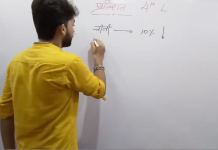#3 Classification PUZZLE TEST Logical Reasoning for Competitive Exams CSAT UPSC SSC BANK PO RAILWAY
Logical reasoning is the process of using a rational, systematic series of steps based on sound mathematical procedures and given statements to arrive at a conclusion.
Logical thinking is the process in which one uses reasoning consistently to come to a conclusion. Problems or situations that involve logical thinking call for structure, for relationships between facts, and for chains of reasoning that “make sense.” …Logical thinking is also an important foundational skill of math.
Non Verbal Reasoning
Quantitative Aptitude – Arithmetic Ability
Quantitative Aptitude – Data Interpretation
Verbal Reasoning – Logical Deduction
Verbal Reasoning – Mental Ability
Aptitude Preparation: Here you can find Aptitude Questions and Answers with explanations for Quantitative Aptitude, Logical Reasoning, Verbal Ability & Data Interpretation so that candidate can learn, practice & improve their skills to crack all types of interviews, placements, entrance test, competitive examination, objective type, multiple choice & Computers sections in government/private sector Organisations
In this section, you can find numerous aptitude questions with answers and explanation. The quantitative aptitude questions with answers mentioned above covers various categories and extremely helpful for competitive exams. All the answers are explained in detail with very detailed answer descriptions.
The quantitative aptitude questions mentioned above also contain aptitude questions asked for various placement exams and competitive exams. These will help students who are preparing for any type of competitive examinations.
Quantities aptitude questions given here are extremely useful for all kind of competitive exams like Common Aptitude Test (CAT),MAT, GMAT, IBPS Exam, CSAT, CLAT , Bank Competitive Exams, ICET, UPSC Competitive Exams, CLAT, SSC Competitive Exams, SNAP Test, KPSC, XAT, GRE, Defence Competitive Exams, L.I.C/ G. I.C Competitive Exams , Railway Competitive Exam, TNPSC, University Grants Commission (UGC), Career Aptitude Test (IT Companies) and etc., Government Exams etc.
Quantitative Aptitude
Number System
Speed and Distance
Ratio Proportion Variation
Averages Mixtures and Alligation
Time and Work
Percentages
Profit and Loss
Simple and Compound Interest
Fractions
Boats and Streams
Partnership
Progression
Permutation and Combination
Probability
Geometry and Mensuration
Simplification
Surds and Indices
LCM and HCF
Pipes and Cistern
Height and Distance
Logarithm
Sets and Union
Verbal Ability
Grammar Concepts
Antonyms
Fill in the blanks
Error Correction
Synonyms
Comprehension
Idioms and Phrases
Logical Reasoning
Cubes and Dices
Day Sequence
Blood Relation
Coding and Decoding
Clocks Calender and Age
Puzzles
Direction and Senses
Series
Statement and Assumptions
Inferences
Syllogism Statements and Conclusions
Input and Output
Cause and Effect
Statements and Arguments
Decision Making
Data Sufficiency
Analogies
Symbols and Notations
Logical Problems
Logical Deductions
Course of Action
Data Interpretation
Venn Diagram
Bar Graph
Line Graph
Pie Charts
Tabular Data
Net Diagrams
Introduction A puzzle is a problem or enigma that tests the ingenuity of the solver. In a basic puzzle, one is intended to put together pieces in a logical way in order to come up with the desired solution.
source













![CY_GATE_2019_PHYSICAL_SPECTROSCOPY_[ELECTRONIC_BASIC]_All IN ONE_[Short_Trick]_2018-19_PART_1ST - Videos](https://trends.edugorilla.com/wp-content/uploads/sites/8/2018/08/cy_gate_2019_physical_spectroscopy_electronic_basic_all-in-one_short_trick_2018-19_part_1st-218x150.jpg)



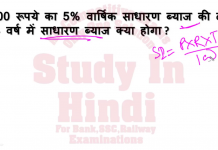
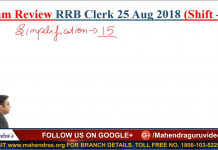
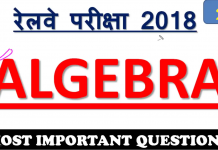
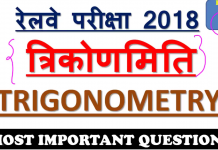
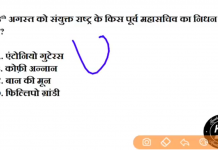
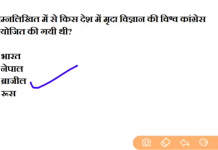
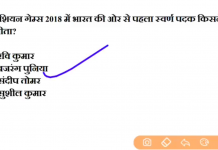





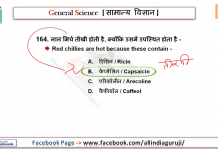


![24 August 2018 – The Indian Express Newspaper Analysis हिंदी में – [UPSC/SSC/IBPS] Current affairs - Videos](https://trends.edugorilla.com/wp-content/uploads/sites/8/2018/08/a520-218x150.png)
